Filter by
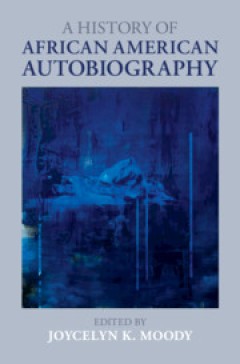
A History of African American Autobiography
This History explores innovations in African American autobiography since its inception, examining the literary and cultural history of Black self-representation amid life writing studies. By analyzing the different forms of autobiography, including pictorial and personal essays, editorials, oral histories, testimonials, diaries, personal and open letters, and even poetry performance media of a…
- Edition
- -
- ISBN/ISSN
- 9781108890946
- Collation
- -
- Series Title
- -
- Call Number
- -
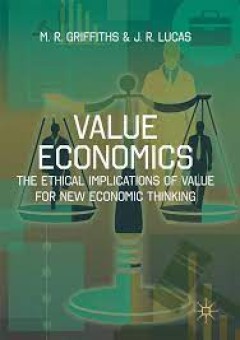
Value Economics the Ethical Implications of Value for New Economic Thinking
The last financial crisis revealed a gap between business practice and ethics. In Value Economics, Griffiths and Lucas examine some of the reasons for this ethical gap and discuss the resulting loss of confidence in the financial system. One of the reasons has been hazy or inadequate thinking about how we value economic enterprises. With the close link between the creation of value and business…
- Edition
- -
- ISBN/ISSN
- 978-1-137-54187-1
- Collation
- -
- Series Title
- -
- Call Number
- -
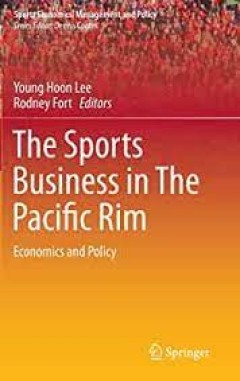
The Sports Business in the Pacific Rim Economics and Policy
Following consistent and rapid general economic growth, Pacific Rim countries have grown as a major force in sports. Australia, China, Japan and Korea populated the top ten medals list at the 2012 London Olympics. Pacific Rim countries are major consumers of international sports and domestic professional sports have expanded continuously over time. Nippon Professional Baseball and the Korean Ba…
- Edition
- -
- ISBN/ISSN
- 978-3-319-10037-1
- Collation
- -
- Series Title
- -
- Call Number
- -

Corporate China 2.0 the Great Shakeup
This book argues that that the rise of great firms -- those with sustainable high return on invested capital (ROIC) -- will lay the foundation for China's successful economic transformation. Drawn from the author's research on corporate finance and the Chinese economy, the author maintains that being big could be easy but means little for corporate China, especially in the context of China's tr…
- Edition
- -
- ISBN/ISSN
- 9781137550897
- Collation
- -
- Series Title
- -
- Call Number
- 338.71
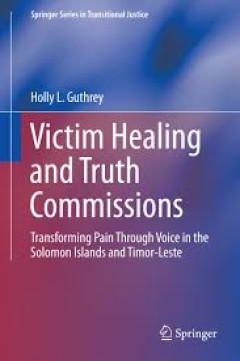
Victim Healing and Truth Commissions Transforming Pain Through Voice in Solo…
This book intends to contribute to the growing body of transitional justice literature by providing insight into how truth commissions may be beneficial to victims of mass violence, based on data collected in Timor-Leste and on the Solomon Islands. Drawing on literature in the fields of victim psychology, procedural justice, and transitional justice, this study is guided by the puzzle of why…
- Edition
- -
- ISBN/ISSN
- 978-3-319-12487-2
- Collation
- -
- Series Title
- -
- Call Number
- -

Veterinary Mycology
This book is a comprehensive overview of the fungi that are clinically relevant for animals and humans. It is divided in three major parts: the first part comprises the history of veterinary and medical mycology, general aspects of morphology, growth, nutrition, reproduction and classification of fungi. In the second part, the etiologic agents of cutaneous, subcutaneous and systemic mycoses are…
- Edition
- -
- ISBN/ISSN
- 978-81-322-2280-4
- Collation
- -
- Series Title
- -
- Call Number
- -
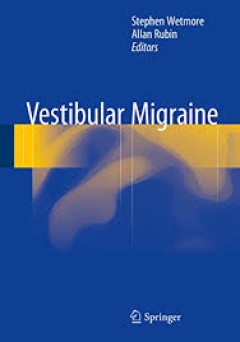
Vestibular Migraine
Vestibular Migraine is a concise monograph that presents the scientific basis for the diagnosis and treatment of this common yet largely unrecognized cause of dizziness. Current knowledge of the features of the condition is described, and clear guidance is provided on the differentiation of vestibular migraine from other conditions that induce dizziness, including Ménière’s disease. Symptom…
- Edition
- -
- ISBN/ISSN
- 978-3-319-14550-1
- Collation
- -
- Series Title
- -
- Call Number
- -
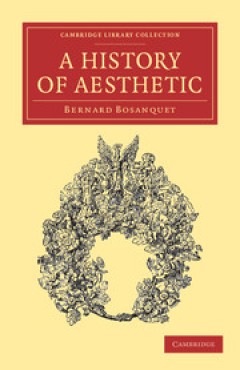
A History of Aesthetic
After more than ten years teaching ancient Greek history and philosophy at University College, Oxford, the British philosopher and political theorist Bernard Bosanquet (1848–1923) resigned from his post to spend more time writing. He was particularly interested in contemporary social theory, but he was also concerned with philosophical questions about art and aesthetics. In this area, Bosanqu…
- Edition
- -
- ISBN/ISSN
- 9781139136488
- Collation
- -
- Series Title
- Cambridge Library Collection - Philosophy
- Call Number
- -
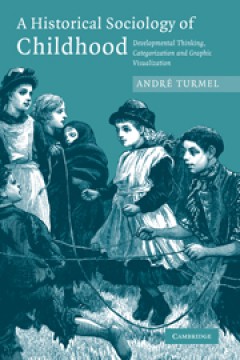
A Historical Sociology of Childhood
What constitutes a 'normal' child? Throughout the nineteenth century public health and paediatrics played a leading role in the image and conception of children. By the twentieth century psychology had moved to the forefront, transforming our thinking and understanding. André Turmel investigates these transformations both from the perspective of the scientific observation of children (public h…
- Edition
- -
- ISBN/ISSN
- 9780511489099
- Collation
- -
- Series Title
- -
- Call Number
- -
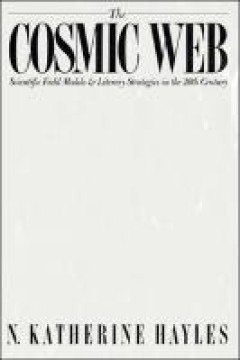
The Cosmic Web: Scientific Field Models and Literary Strategies in the Twenti…
From the central concept of the field—which depicts the world as a mutually interactive whole, with each part connected to every other part by an underlying field— have come models as diverse as quantum mathematics and Saussure’s theory of language. In The Cosmic Web, N. Katherine Hayles seeks to establish the scope of the field concept and to assess its importance for contemporary though…
- Edition
- Ed. 1
- ISBN/ISSN
- 9781501722974, 9781501727931
- Collation
- 210
- Series Title
- -
- Call Number
- 530.143 HAY c
 Computer Science, Information & General Works
Computer Science, Information & General Works  Philosophy & Psychology
Philosophy & Psychology  Religion
Religion  Social Sciences
Social Sciences  Language
Language  Pure Science
Pure Science  Applied Sciences
Applied Sciences  Art & Recreation
Art & Recreation  Literature
Literature  History & Geography
History & Geography